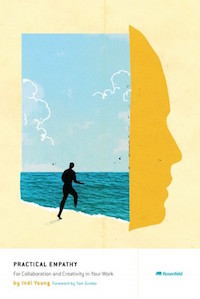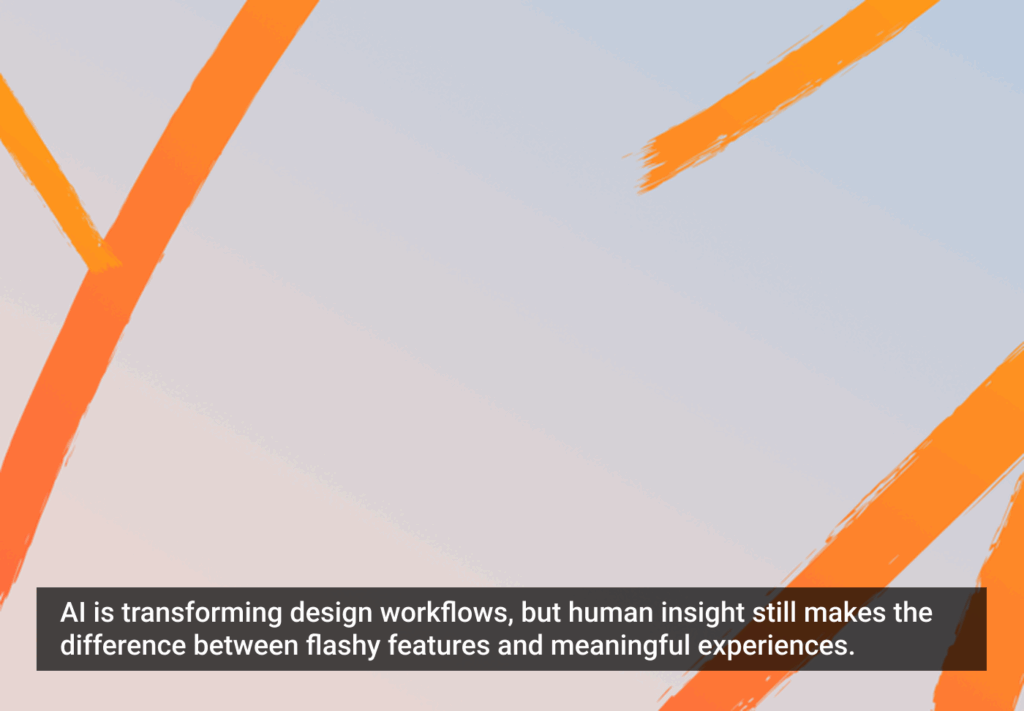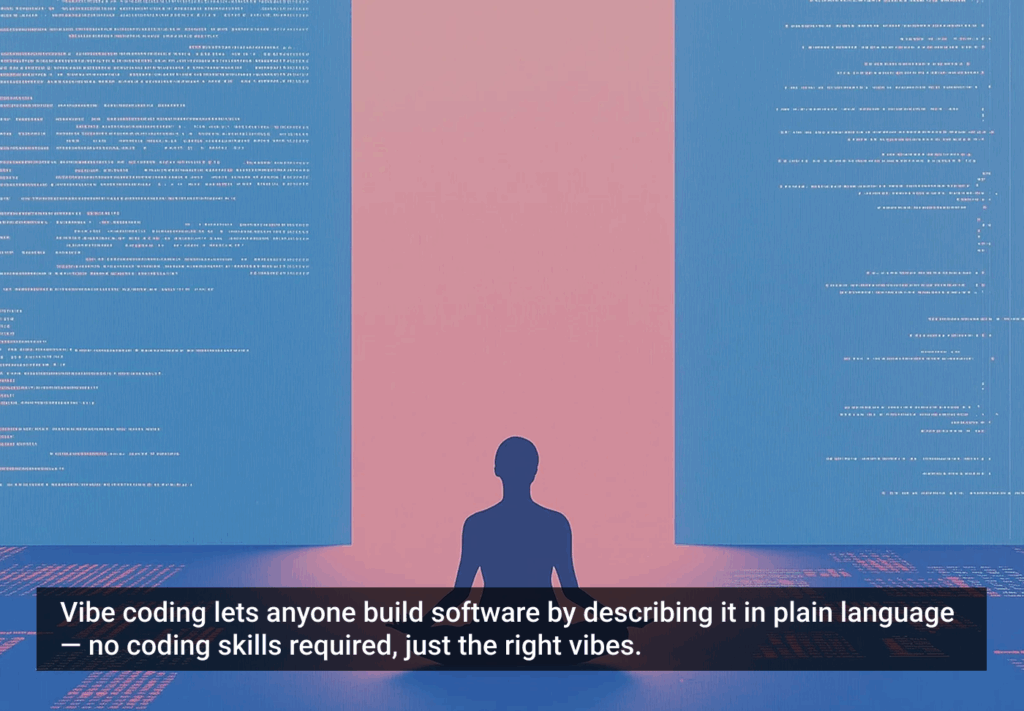Each organization exists for a purpose: to bring something to the world, make it available to people, and enable those people to capitalize upon it. Many organizations exist to also make a profit. Whether for profit or not, all organizations seek to sustain themselves, so they can continue bringing their things to the world.
Within each organization, there is usually a healthy awareness of the purpose, as well as a focus on being sustainably successful.
Organizations Focus on Both Success and Support
- Success: Enable the organization to continue achieving its purpose, which might be defined by profit, membership, giving, respect, invitations, or other metrics. An organization might change directions repeatedly in order to sustain itself.
- Support: Help people inside or outside the organization achieve their purposes; e.g., obtain what is needed, make better decisions, understand choices, enjoy something, feel safer, and so on.
Support and success are not opposites on a spectrum, but separate interests that are both important. Each waxes and wanes. When success and support are both robust, they can work hand-in-hand: support comes from good functionality and experiences for people and deep understanding for their aims. This strongly connected support, in turn, assures success.
Even in small groups or teams, this success/support framework can be applied. For example, the board of a homeowner’s association may contain only five people. Success means keeping the group active over the years, with interested members, and attracting new members when wanted. Support is providing collaboration, ideas, and a place for discussion where members and homeowners feel that they can contribute without censure. The opposite of this scenario is when a homeowner’s association board fails to attract new members because the meetings are known for being forums for argument, aspersions, and judgments. Or where homeowners offering ideas at the meeting don’t feel rewarded for exploring concepts. So even a small group like a board can benefit from wielding listening and empathy to sup- port its members and sustain itself over time.
See from Your Organization’s Point of View
Sometimes it’s really hard to tell whether your organization has a healthy level of interest in either success or support. Your organization’s intentions might be muddled or not clearly communicated.
What you seek is larger than the motivations behind particular initiatives; it is the overall direction of the organization—its reason for being. Try to get a grasp on what you are doing as an organization and who you are doing it for, both externally and internally.
One way to clarify what the intentions are is to go back in history to the beginning of your organization. What was written then about the purpose being pursued? With long-lived organizations, this original purpose surely shifts. For example, in the United States, early airlines in the mid 1920s focused on getting airmail contracts from the U.S. Postal Service within local geographic regions, because the range a plane could fly was limited. To increase the throughput, nighttime operations were added. Soon after this change, these airlines started carrying a few passengers in addition to the mail. As plane technology improved, the decision-makers at the airlines aimed to fly longer distances, and eventually they established routes. These attracted more passengers than mail.
As airlines grew, their purpose shifted. Early purposes of the airlines were to get mail to its destination faster and to fly passengers to destinations safely. Lawmakers legislated fairness in mail contracts, safety, and access to airports. Later, the focus was on amenities and comfort, such as in-flight meals and better seating as the routes became longer. Then higher oil prices and labor costs started reversing the focus toward carrying the maximum number of passengers per flight. Several airlines focused on offering discounted, minimal services with shorter routes. Others focused on loyalty programs to retain customers. An industry downturn influenced by the hijackings and crashes of September 2001 caused the airlines to further minimize services, and they were also required to follow “security” processes to avert a repeat of the intentional crashes. Because of these conditions, many airlines in the U.S. merged. Now, one of the purposes of some airlines seems to be keeping passengers distracted while in flight, with amenities such as Wi-Fi, television, magazines, shopping, movies, and games, as well as communicating updates to passengers before flights.
Another way to understand your organization’s purpose is to look at marketing taglines. Taglines do not necessarily represent the aim of the organization, but taglines are meant to communicate to an audience. Hence, they are a good place to see what decision-makers chose as a message to the people you support. They are also an indicator of whether the focus is on the offering itself or on the people being supported. “Melts in your mouth, not in your hands” (M&M candy) and “All the news that’s fit to print” (The New York Times) both describe the offerings. “Just do it” (Nike); “Reach out and touch someone” (AT&T); “Thrive” (Kaiser Permanente); and “I’ve fallen, and I can’t get up” (LifeCall) all imply a person’s intent and related emotions.
“An organization is only as strong as the humans within it”—@indiyoung
An organization is only as strong as the humans within it. If all of you understand the purpose and direction of your organization clearly, imagine how powerful that would be. Every decision each one of you makes could be aimed at supporting the current purpose. There would be fewer complaints about work that seems pointless, and so on. While this vision is mostly fantasy, empathy for your organization can actually make a subtle difference.
If you can grasp the direction of the organization, then your own decisions and suggestions can aim in that direction.
Make Small Changes
When it comes to making suggestions to people internally, several barriers arise. What if changing something upsets the people who are happy with it now? Seth Godin, a well-known marketing expert, author, and speaker, says, “One of the most essential tasks a leader faces is understanding just how much the team is afraid of making things better.” So instead of emphasizing change, minimize it. Make small changes.
There are several things you can do that are small:
- Include support objectives in yearly goals.
- Seek the root cause of problems rather than fixing the structure or the approach.
- Pivot toward a slightly different direction based on the empathy you have developed.
- Don’t let technology define your projects.
- Don’t be too focused on methods or the need to hurry.
Include Support Objectives
With the empathy you developed, you are especially equipped to nudge the health of the support variable. For example, at an organizational level, maybe the last set of quarterly goals was worded with success objectives, and not with support objectives. You can collaborate with the people who wrote it to add support objectives, as well as key results to define how you hope to see success measured. You could apply a similar shift if your organization’s tagline is unclear about support. This suggestion is not a small thing, however, and large organizations often hire agencies to develop their taglines. You might be able to volunteer yourself for the review committee.
Seek the Root Cause
When an organization seems to be faltering, one of the things decision-makers try to fix is how the company runs—the structure and the processes. They look at what exists presently and make changes in what are considered lever points. When this doesn’t work, perhaps it’s because the existing structure isn’t the right fit in the first place. Try looking for the root problem. Empathy about the way your organization actually functions will help. For example, if the root issue is that several departments want to “own the website,” and the department that owns it now was recently invented, then it’s probably a structure issue. In human history, there have been myriad solutions for how a group might achieve objectives. There have been many structures for governing, for trade, for battle, and for building. Some of these structures have even been inspired by the natural world. For example, a hive of bees contains a single entity directing all activity, the queen. A corporate hierarchy is somewhat derived from this natural structure, with the idea that control is hierarchical. Is there another structure out there or in history that could inspire a way of working together that takes into account human tendencies? Are there other approaches used in less-known contexts from which you can derive a process of working together? Thought experiments like these might lead to discussion, which might lead to a small change.
Pivot
In new organizations and start-ups, there is great pressure to be successful quickly. Small groups scramble to test out their idea under real conditions, and when things don’t look encouraging, they shift their course a bit. This is call a pivot, which means taking a step in a slightly different direction while using the knowledge you’ve gathered to support the decision. A great foundation for this knowledge includes the empathy you’ve developed with those you intend to support, your understanding of those who are guiding or funding your effort, and empathy about how your group collaborates best.
Don’t Let Technology Define Your Projects
With every fresh wave of hardware and software, there comes excitement about harnessing it for your organization’s advantage. Decision-makers discuss the advantages of making solutions for this platform or that environment. They might focus, for example, on the ability of a mobile device to be location aware or what a movement sensor can sense. This means they are, regrettably, building solutions for the GPS and for the accelerometer. That’s how it gets phrased, too. “We’re building an app for the iPhone that takes advantage of location-awareness.” People don’t seem to come into the equation until after it’s produced.
When you hear these phrases in discussion, use your empathetic mindset to ask about the purpose behind it. Bring up the subject of the people whom it will serve. Repeat some of the things you heard while developing empathy. The excitement of something new that couldn’t be done before is good for the energy of a team, so try not to deflate it. Simply sharpen it and redirect it, toward a stronger purpose in support of people.
Define Your Projects By Whom You’re Supporting
Many organizations still define new initiatives by the way a person might access it. “That’s the mobile app project.” “That’s the kiosk initiative.” “This is the project we’re doing for subscriptions.” Gently try to guide this tendency toward project names that reference the people you are trying to support. Next time you say, “We are building X for Y,” make absolutely sure the Y is the name of the types of humans you are trying to support.
Don’t Be Too Focused on Methods and Speed
Adding to the ways an organization can get snared by its own habits are methodologies. It’s easy to get caught up in the day-to-day steps of a technique and cease to think about how applicable the results are, or how you might use a different approach for a new scenario. If you are good at using a hammer, then lots of things look like nails. Many groups do have a way of staying up-to-date with evolving methodologies, and can thereby audit the effectiveness of what they are doing. You can help your team by periodically asking yourself, “Are we doing this because it’s what we do?”
A specific example of one of these habits is how organizations foster a sense of hurry. There are many reasons to hurry: be first to market with a new idea, keep up with the competition, finish before spending deadlines, make the most of limited funding, adhere to a strict production schedule or a seasonal horizon, etc. While every culture seems to have a saying about how hurrying makes for poor-quality craftsmanship, these maxims are often ignored by most business processes. You can’t slow down the processes at your organization, but you can introduce a slow-rhythm process. Continuously collecting stories, developing empathy with the people your organization supports, dipping into this process every couple of months—this is the unhurried approach that yields fine workmanship. Add this routine of collecting knowledge at a slow frequency in parallel with all the other work going on at your organization.
Blaze a Trail from Established Paths
Without consciously realizing it, you and the decision-makers at your organization might be contributing to a mindless chase. The quarry might be new technology, or the quarry might be the competition. You might get swept up in the excitement to be first to market with a new technology, first to invent or discover something, or first to leverage new functionality. The big idea captures all your attention. On the other hand, copying what has been successful for other organizations in their market feels risk-free. You might be so focused on technology and the competition that you forget to measure the worth of an idea against a particular audience’s purpose. The overall focus of your organization is on racing to get ahead of the other organizations, rather than an effort to truly be supportive of people.
Of course, there are organizations, or branches of organizations, whose sole purpose is to constantly push the boundaries of what is technically feasible. These are usually research groups. In these cases, the people they aim to support are those professionals who might, in turn, make use of the discoveries in support of people who can benefit from it. Research groups can be exempt from focusing on end-customers, but in many cases, such as pharmaceutical research, a detailed understanding of humans helps researchers choose the promising paths.
The fear of being left behind represents a real risk. What if your organization doesn’t offer as broad a set of services as the other company? Won’t people flock to the other offering and leave you? This is a zero-sum mindset, where features or services make up the numbers in the calculation. And it’s quite a compelling argument. Supporting people is not a zero-sum game. However, innovation and creativity are not zero-sum either because new ideas keep getting added to the equation, continually unbalancing it.
There is a middle road. That road combines all the tactics: innovate because it’s possible, keep up with the competition, and manage risk. The key is to add your knowledge of real people and differing purposes to your focus on what’s possible and what the competition is doing. Think of it like blazing a trail through the mountains. All the competitors are toiling along the same valley, jostling to be in the first position. The trail gets defined by different leaders in this competitive rotation, which means there is no individual strategic direction.
Because you have worked to understand the larger intentions of the people you support, you have effectively been exploring nearby terrain. You can confidently branch off the well-trodden trail and form new tracks and loops outside of that particular valley. The empathetic mindset helps your organization map out more of this unknown territory, so you can confidently branch away from competitors.

This photo depicts the mountainous region around Tuolumne, California, during winter. If you know the terrain, you can confidently go off-trail. The same goes for knowing the people you support—you can confidently depart from what the competition is pursuing.
Address the Broader Landscape
There is often a sense that you can grab your piece of land by marking it out with a unique idea. In particular, this is a widespread undercurrent of the digital arena. Consequently, services and apps get launched that address the generalization of a problem. They make no attempt to address subtleties or perspectives that might represent different audiences. And while it used to be true that you could launch a simple version of a digital service or product and people would flock to it, it’s not a frontier anymore. There are many neighbors in the community now.
Typical digital services and apps are not complex or interconnected. When a frontier changes into a settled landscape, among the changes are the way that participants specialize. The general store gets replaced with a hardware store, a dry goods store, and a pharmacy, etc. A baker comes to town, and years later there are bakers from five different cultures, each offering their traditional breads and pastries—each supporting the nostalgia or the adventurousness of different people. The bakers source their ingredients from different specialists, and depend upon different craftspeople to update and maintain their different types of ovens. Not only is there variety, but also each specialist continually strives to make the best connections with peers, service providers, and customers. A larger community develops.
The empathetic mindset helps you learn how to specialize and how to form a network. Aim to build for the long term, with the idea that you fill a niche in a complex ecosystem of services.
Practice These Skills
Even if there’s not a chance in the world that you can change the way your organization works, you can still benefit personally from trying out these concepts. If you can clarify for yourself what drives your organization as a whole, the knowledge can’t help but influence the way you do your work. If you discuss these drivers with people you work with, together your small component of the organization might make decisions that more effectively support people.
Practice: Clarify the Purpose
The purpose of your organization may or may not be clear. Either way, this exercise will edify you and your immediate peers.- Examine the history of your organization. Chart the path it has followed through the years. Try to summarize the purpose the organization had during different eras, if it has been around for a long time.
- Look at the tagline and various marketing campaigns the organization has sponsored over the past several years. If you can, ask people who were responsible for the campaigns what the decision-making process was and what philosophies the ads represent. Summarize these meanings.
- Write the clearest summary you can of the current purpose of the organization.
- In all your notations, notice when the purpose has had a healthy focus on both success and support, and when it has leaned more in one direction than the other. Also check whether technology or methodology seemed to drive the decisions. Finally, note how audiences were defined, whether by needs or behavior or not at all. These will all fluctuate over time, but it’s good to see what has happened.
 To learn more about making better decisions, improving your strategy, and collaborating successfully, pick up a copy of Practical Empathy by Indi Young, from Rosenfeld Media.
To learn more about making better decisions, improving your strategy, and collaborating successfully, pick up a copy of Practical Empathy by Indi Young, from Rosenfeld Media. 






